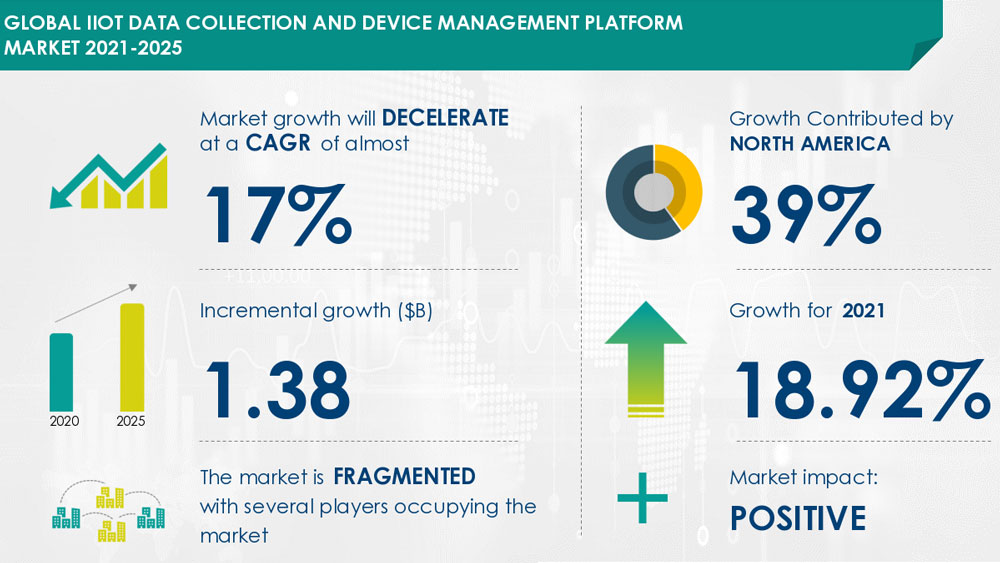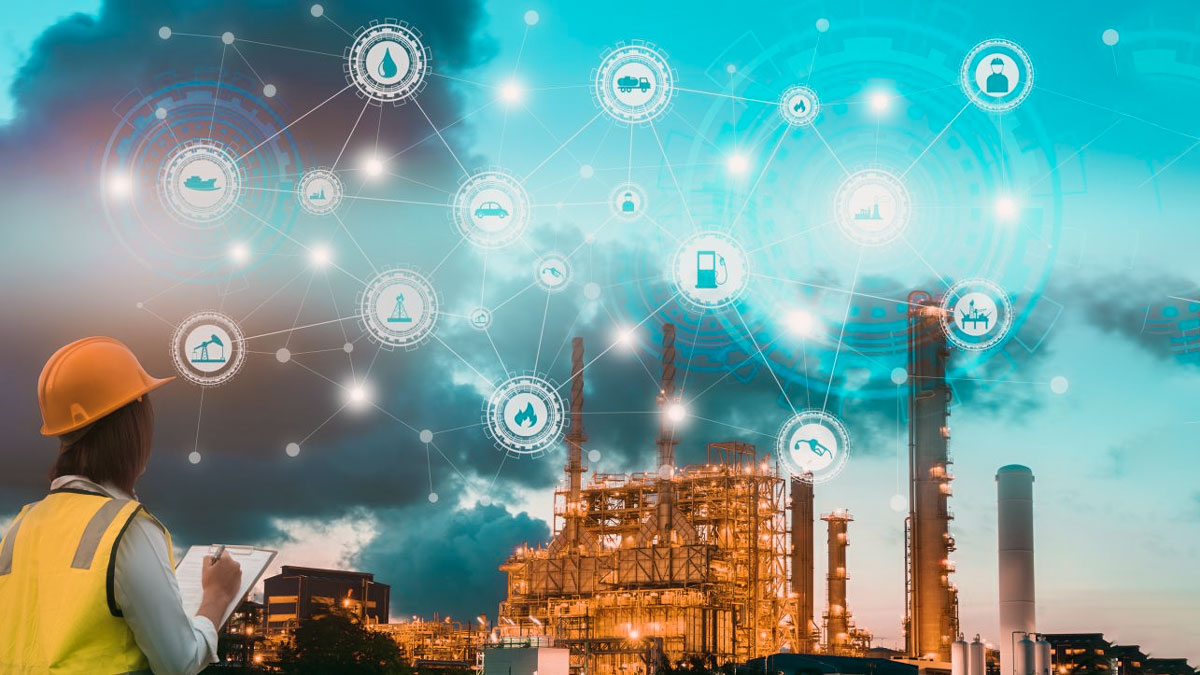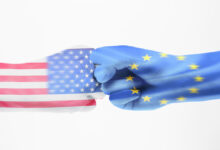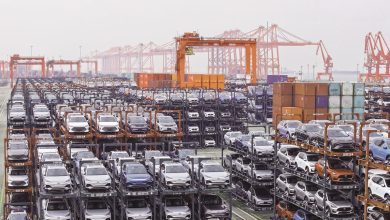Digitalization of Energy in the IIoT Era
The Industrial Internet of Things (IIoT) represents the potential of a whole new world, where everything is more efficient, measurable, controllable. Industrial Internet of Things applies the Internet of Things framework to manufacturing.
The insights harvested as data by new Internet-connected devices can be used to enhance efficiency, real-time decision making, solution of critical problems, and eventually create new and innovative experiences. Nevertheless, as more and more devices interconnect, companies are facing increased fragmentation and new challenges and in order to harvest and use the power of data they need solutions to deliver interoperable, end-to-end collaboration that bridges the intersections between the Internet and devices, while riding the waves of innovation coming.
This sparked a wave of older companies (like Microsoft, IBM, Intel etc.) and many younger ones (Palantir, Tesla etc.) to find solutions for the above mentioned challenged and turn them into offerings for companies that are willing to harvest the opportunities spawning from IIoT. They are developing IIoT products and solutions (intelligent gateways, electronic platforms to integrate data etc.) to provide fundamental building blocks that streamline integration, lower development costs, and accelerate time to market. Afterall, it all boils down to better and faster decision making. From the device to the data centre, these solutions will include capabilities that support a wide range of vertical integration markets, like industrial control within the energy sector where devices operate in domains with extreme safety requirements.
For energy companies, this might lead to better and wider option phase to accommodate new energy sources, better efficiency of assets, greater reliability, upgraded security and unlocking of new business models and services. While urbanization rises and business models demand greater efficiency, energy companies need to augment capacity while developing new solutions, optimizing management of the existing assets. When it comes to how we manage the delivery and use of energy and water, or how we run our cities, there’s definitely immense space for improvement. Ongoing privatization and involvement of shareholders, stakeholders and regulators have transformed the market into a space of intense competition and struggle for more efficiency. This ever-growing scrutiny from investors, regulators and customers regarding social responsibility and sustainability have placed considerable pressure on utility providers. Naturally, there is also pressure on CAPEX side to renew or totally replace aged energy grids and older power plants removing bottlenecks in both distribution and generation of energy. On top of that, with the EV leaders transforming transportation, there is a roaring need for charging networks which will burden the grids. Tesla is already expanding their already existing network of supercharges globally. The introduction of smart cities, smart grids and new methods of generating and transporting energy are now being shaped by the IIoT. It enables smart utility services that can be monitored and managed aiming at sustainability.
The transformation of electric grids into smart grids built on digital and IIoT solutions will be a matter of life or death for utility companies and energy providers in the years to come. Smart gids could offer proven solutions to the above-mentioned challenges, but the transition is not easy. It will require extensive assessment of available digital technologies and hardware to find the right combination of security, manageability, reliability, and flexibility. The IIoT energy movement is about integrating connectivity into equipment and devices, connecting those devices to intelligent networks, and using data analytics to extract meaningful and actionable insights from them. An indicative example will be that of energy generation companies embedding IIoT sensors into wind turbine vanes to control their velocity, rotation, and functionality responding in real time to varying wind conditions. The greatest value of smart grid and IIoT solutions is that they help realize the potential of data that exists and harvest it to produce automation, better decision making and ultimately increased efficiency. Some more specific solutions are:
- Reduction of capital expenditure (CAPEX)
- Management of demand
- Increased renewable capacity
- Lower maintenance costs
- Improved regulatory compliance
- Enhanced customer engagement
As discussed above, some of the major players in the IT sector are already moving fast and furiously to transform IIoT into business offering for the energy sector. One of the most prominent for holistic IIoT and tech integrated solutions is Microsoft, a giant among technology companies. As part of the announcement that Microsoft will be carbon negative by 2030, they have identified that the use of energy will be catalytic for human prosperity. Having dedicated more than a billion dollars they have dedicated critical teams to work on how to accelerate the development of carbon reduction and improve removal technologies. The Azure IoT team continues working on tools enabling delivery of new solutions and empowering clients to adopt digitalization. Microsoft’s partnership with Vattenfall, one of Europe’s largest producers and retailers of electricity and heat, illustrates how they can power new Swedish data centre locations with renewable energy. In their own words, on their website, Microsoft teams outline some of the services in their IoT energy portfolio:
“Grid asset maintenance
Visualize your grid’s topology, gather data from grid assets, and define rules to trigger alerts. Then use these insights to predict maintenance and provide more safety oversight. Prevent failures and avoid critical downtime by monitoring the performance and condition of your equipment.
Energy optimization and load balancing
Balance energy supply and demand to alleviate pressure on the grid and prevent serious power outages. Avoid costly infrastructure upgrades and gain flexibility by using distributed energy resources to drive energy optimization.
E-mobility
Remotely maintain and service electric vehicle (EV) charging points that support various charging speeds and vehicle types. Make it easier to own and operate electric vehicles by incentivizing ownership and creating new visibility into energy usage.
Emissions monitoring
Monitor emissions in near real-time and make your emissions data more readily available. Work towards sustainability targets and clean energy adoption by enabling greenhouse gas and carbon accounting and reporting.”
To transition into an IIoT environment, data harvesting is essential. One of the upcoming leaders for the utilization of AI and Dara is Palantir. Palantir Technologies is a public American software company specializing in big data analytics. Their original clients were US federal agencies (from CIA to NSA and from DoD to DoE) but they have lately expanded their targeted client base to serve agencies of other countries as well as private companies in the financial and healthcare and energy sectors. Their added value is the multi-layered software that takes available data in their platforms and produces visual integrated networks with decision nods, enhancing the user’s capacity for effective decision making. Their most prominent platform for private companies is Foundry and according to Palantir it “integrates and transforms petabyte-scale data, from sensors and IoT to third-party sources and internal datasets. The platform maintains complete data lineage and enforces granular access controls to ensure data integrity and security. Once data is integrated, Foundry unlocks actions, simulations, and analysis that connect users across the enterprise.”
A surprising very strong player in data and continuous optimization is also Tesla. They have a dedicated energy segment, focusing on solar panels for homes, among other services. Their vision remains to accelerate transition into a world without fossil fuels and their plans remains the transformation of energy grids from the ground up. Their solar panels and solar roofs segment offer the customer to reduce their dependence on the grid; to buy solar energy at the lowest price and have total control of electricity input/output. Through the solar roofs, along with Tesla Powerwalls (another Tesla energy product), the Tesla cars and eventually the Tesla software the company offers a wholistic approach on how to control their energy print ad potentially redefine their relationship with the grid (through selling harvested solar power back).
Tesla’s Virtual Power Plants (VPP) idea is an excellent example of information of Energy, IT and IIoT elements coming together. Distributed computing and IIoT helped Tesla ensure grid resilience and address some of the major engineering problems Tesla engineers faced. Talking about reimagining how a smarter grid would look like, and how to get there, two prominent Tesla engineers, Colin Breck and Percy Link, shared their ideas at a recent conference. Their approach involves building immense resiliency through open-source technologies. One of the biggest challenges is about renewable energy sources being integrated which complicates the calculation of supply and demand. A degree of control is lost, and generation becomes more difficult to forecast as you cannot just rely on weather forecasts (for wind or solar). The answer could be better battery technology, a field where also Tesla is a ground-breaking leader. In those cases where wind and solar power is already common, batteries mitigate these challenges. They can store energy efficiently and release it afterwards, covering extra demand. The ideas of Breck and Lick might sound crazy and involve creating giant batteries the size of whole factories and plants, but they also suggested the utilization of smaller home-installed typically used in service of private solar generation or backup power. This is more connected with the bigger Tesla idea of smarted grids. This could revolutionize and maybe displace actual energy generating plants, through the VPPs. The whole idea relies on distributed energy sources (batteries) would be one example combined with wind and solar energy generators. The advantages of such a decentralized network, connected through software and enhanced though advanced analytics, would be immense with primary elements being cost effectiveness and flexibility. In Tesla’s VPP vision, digital twin models represent various Internet of Things (IoT) elements. The digital twin modelling software is based on two essential open-source projects: Kubernetes and Akka. Breck clarified that the combination of Akka and Kubernetes is essential as the first can handle more major failures the second can handle minor (or in need of fine approach). For example, when a system operator would be concerned about modelling an individual site, Akka would scale this diagnostic probe to thousands of sites. He continued by pinpointing the main challenging point of IoT adoption and talked about the intrinsic uncertainty of any IoT system as something that must be accepted and finally embraced.
Another example is Siemens. In the emerging era of digitalization operating with zero down time is quickly becoming the norm. To minimize risk of unexpected downtime operators must find a way to analyse data output from industrial machinery equipped with IIoT to identify and find solutions to potential problems before they occur. Siemens MindSphere is an open IoT operating system that enables you to securely assimilate and analyse data from products assets and other IIoT machinery. MindSphere is a scalable industrial end-to-end solution that utilizes powerful industrial applications designed to connect assets and provide actionable insights for maximizing productivity and efficiency across your entire business.

Global IIoT market 2021-2025
The global IIoT market is expected to grow by USD 421.28 bn during 2021-2025 progressing at a CAGR of 33% during the forecast period, according to Reportlinker.com.
Their report on industrial internet of things (IIoT) market provides a holistic analysis, market size and forecast, trends, growth drivers, and challenges, as well as vendor analysis covering around 25 vendors. The study offers an up-to-date analysis regarding the current global market scenario, latest trends and drivers, and the overall market environment. The market is driven by the growth in industrial automation and growing importance of data-driven business outcomes in the industrial sector. In addition, growth in industrial automation is anticipated to boost the growth of the market as well.
The report also identifies the increasing focus on providing end-to-end services as one of the prime reasons driving the industrial internet of things (IIoT) market growth during the next few years.
This robust vendor analysis is designed to help clients improve their market position, and in line with this, this report provides a detailed analysis of several leading industrial internet of things (IIoT) market vendors that include ABB Ltd., Cisco Systems Inc., General Electric Co., Honeywell International Inc., Intel Corp., International Business Machines Corp., Robert Bosch GmbH, Rockwell Automation Inc., Siemens AG, and Yokogawa Electric Corp.. Also, the industrial internet of things (IIoT) market analysis report includes information on upcoming trends and challenges that will influence market growth.
The European market potential for IIoT
The European market for Internet of Things (IoT) solutions is growing, shows CBI, the Centre for the Promotion of Imports from developing countries. Germany, the United Kingdom, France, Italy, Spain and the Netherlands are leading European IoT adoption, but Eastern European countries and the Nordics are following closely. Both consumer and business IoT offer opportunities, though specialisation may provide a competitive advantage. The home, health and finance sectors are the front runners in IoT adoption, and the shortage of skilled specialists continues to drive outsourcing.
The COVID-19 pandemic outbreak has affected all European countries. While the Internet of Things networks remained mostly unaffected, investment in IIoT solutions has gone down as new projects were put on hold. However, many companies across Europe are also now seeing the importance of IIoT and increasingly understand the benefits it can offer. In the long run, it is expected that the COVID-19 pandemic will only increase the demand for IIot solutions in Europe.
Research by Vodafone conducted in May 2020, showed 84% of the companies that had begun to adopt IoT technologies found they had a positive impact on their ability to function during the COVID-19 pandemic. The same research indicated that more businesses are turning to IoT to help them grow and adapt in the face of unforeseen events.
According to IDC’s Worldwide Internet of Things Spending Guide, in 2019, Europe was responsible for 23% of global IoT spending. This makes Europe the third-largest market after the Asia-Pacific and North American regions, which respectively account for 35.7% and 27.3% of worldwide IoT spending. By 2024, Europe is expected to account for 25% of worldwide IoT spending. North America and Asia-Pacific will have lower annual growth rates of 11% and 13.2% respectively.
Conclusion
We definitely live through interesting times and it seems that the future is much closer than it looked before, mainly thanks to companies dedicating much effort to innovate and crate breakthroughs. There is a saying about modern problems needing modern solutions, but this does not necessarily apply in this case. We have an old problem and solutions coming from the future; we just hope that they will soon collide and provide the best possible outcome for the planet and Humanity as a whole.







